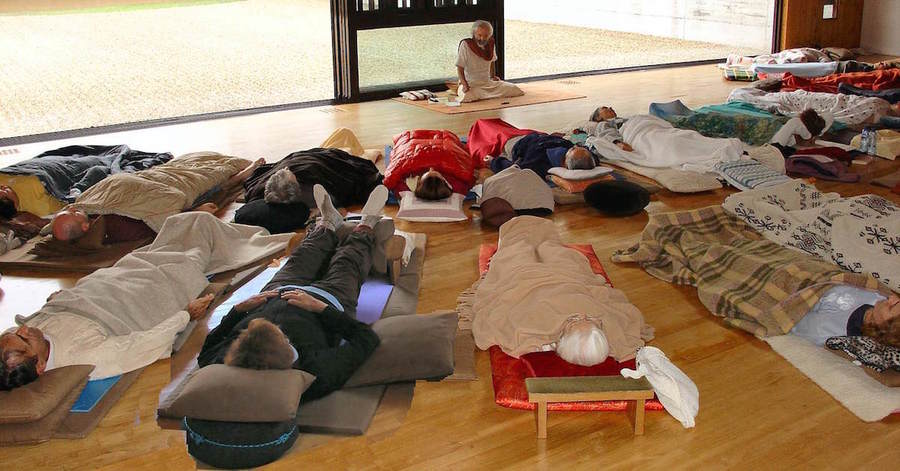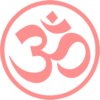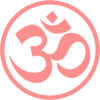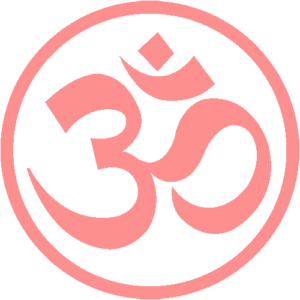Qu'est-ce que Nidrâ Yoga ?
Yoga du rêve et du sommeil conscients, le Nidrâ Yoga trouve son origine dans les traditions du Shivaïsme du Cachemire et du Vedanta, remontant tous deux à plusieurs milliers d’années. Il présente l’organisation de l’être humain sous la forme de cinq degrés qu’il va s’agir de découvrir, d’étudier et de connaître intimement afin de s’établir dans un état de conscience où ne réside plus aucune trace de séparation, conflit ou souffrances.
Jagrat
Jagrat, est l’état de veille dans lequel l’individu perd conscience de sa véritable nature en s’identifiant au corps, à la forme et au nom.
Svapna
Sushupti
Sushupti, est l’état de sommeil sans rêves dans lequel la personne n’a plus conscience de quoi que ce soit. C’est un état d’absence.
Turya
Turya, dont procèdent les trois premiers, et qui peut être découvert au travers du Nidra Yoga. Il est l’état dans lequel la véritable nature de l’individu, son identité sans objets, est perçue, généralement de façon fulgurante et imprévisible.
C’est aussi ce que la tradition du yoga nomme Samadhi, ou état naturel de conscience universelle.
Turyatita
Turyatita, qui est l’établissement stable dans cette conscience sans objets, est le résultat de la répétition d’incursions multiples dans l’état de Turya, totalement autonome et indépendant de toute volonté personnelle.
La proposition du Nidrâ Yoga est de parcourir en toute lucidité ce cheminement allant de l’oubli à la présence à soi. Il se situe dans une approche progressive de prise de conscience de l’ensemble des processus organisant la sensation d’être vivant. De façon très paradoxale, ces prises de conscience ne peuvent être perçues que dans un état de profond « lâcher-prise ».
La pratique du Nidrâ Yoga est constituée de tout un ensemble d’exercices très codifiés permettant de visiter les diverses fonctions qui organisent l’être humain.
Elle s’appuie notamment sur deux approches fondamentales que sont la relaxation consciente très profonde et la concentration pénétrante sans tensions.
Un grand nombre d’exercices sont utilisés, favorisant et permettant :
- Détente profonde du corps anatomique, physiologique, osseux et nerveux,
- Détente mentale et reconnaissance des schémas d’organisation de la pensée,
- Conscience des différents types de rêves et des énergies dont ils procèdent,
- Relation aux archétypes et leurs influences sur le rêve et l’état de veille,
- Perception et développement du corps d’énergie,
- Utilisation de l’imagerie mentale pour élargir les facultés de perception,
- Développement des facultés sensorielles,
- Dosage de la volonté et du silence mental,
- Relation à la mort.
La place des postures
On pourrait qualifier le Nidrâ yoga d’un yoga sans postures car précisément, il n’y a pas de travail corporel au sens strict. Il s’agit exclusivement d’approfondir les différents niveaux de la relaxation et les degrés de la concentration.
Cela dit, comme nous avons un corps, il nous faut le placer dans une position ! Concrètement, la partie relaxation profonde (sithilîkarana) se déroule étendu sur un épais tapis et la partie concentration pénétrante (Dhâranâ) se fait assis sur un coussin. Dans sa phase avancée, le Nidrâ yoga se pratique soit en posture assise, soit en marchant. Quant à la partie étude de soi (Svâdhyâya), qui implique divers types de dialogue (intérieur, à deux, à trois et en groupe), elle s’effectue assis avec des consignes précises.
Il s’agit d’un exercice particulier où l’on apprend à chercher seul ou à plusieurs un passage entre parole et vécu, entre clarté mentale et perception intense du réel.


Une démarche spirituelle
Ce qui est affirmé dans le Nidrâ yoga est extrêmement simple : il existe en chacun de nous un état de joie et de plénitude dont la nature est beauté et amour.
Cette réalité-là n’est pas un principe théorique, ni une idée fantasque, mais un fait qu’il appartient à chacun d’expérimenter. Il est évident qu’individuellement, mais aussi collectivement, cet état n’est pas notre lot quotidien. Les individus souffrent pour des raisons très nombreuses et la collectivité, l’humanité en tant que telle, est elle aussi dans un état de souffrance immense dû à tous nos comportements sociaux déviants depuis des siècles ; les guerres étant évidemment les comportement le plus absurde que nous ayons trouvé pour laisser en nous des blessures qui perdurent durant des décennies…
Le Nidrâ yoga est un outil pouvant nous aider à prendre conscience de nos conditionnements, à nous en libérer et à arrêter le flot des souffrances dans lequel l’humanité est plongée. Car l’état du monde est à l’image de notre monde intérieur.
Les bienfaits du Nidrâ yoga
Dans un premier temps, il répond aux problèmes liés aux excès de tensions responsables d’insomnie, de troubles nerveux, de fatigue générale, d’irritabilité, de manque d’attention…
Dans un deuxième temps, il permet de comprendre les schémas mentaux qui conditionnent noc vies quotidiennes pour en devenir moins dépendant.
Dans un troisième temps, c’est un moyen très puissant pour entrer en relation avec un état de paix et de silence.
S’avancer vers cet état implique quasiment toujours de vivre des expériences intérieures qui sont en réalité une purification des encombrements mentaux. Il convient de ne pas confondre ces phénomènes et ces expériences avec des formes d’instabilité mentale. Et le rôle de l’enseignement est déterminant pour permettre à l’élève de continuer à avancer vers cette clarté mentale, sans être ralenti par des peurs archaïques refaisant surface dans la pensée. Ce qui nécessite de la part de l’instructeur, une formation suffisante pour éviter tout dérapage.
Enfin le Nidrâ yoga favorise un état d’ouverture non limité, accompagné d’une sensation de joie profonde. On n’y découvre alors la dimension spirituelle de cette démarche.
La proposition du Nidrâ Yoga est de parcourir en toute lucidité ce cheminement allant de l’oubli à la présence à soi. Il se situe dans une approche progressive de prise de conscience de l’ensemble des processus organisant la sensation d’être vivant. De façon très paradoxale, ces prises de conscience ne peuvent être perçues que dans un état de profond « lâcher-prise ».
La pratique du Nidrâ Yoga est constituée de tout un ensemble d’exercices très codifiés permettant de visiter les diverses fonctions qui organisent l’être humain.
Elle s’appuie notamment sur deux approches fondamentales que sont la relaxation consciente très profonde et la concentration pénétrante sans tensions.


